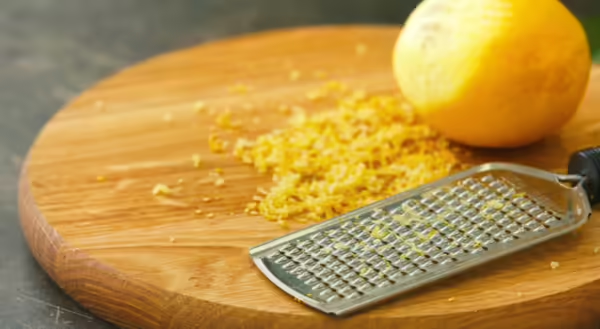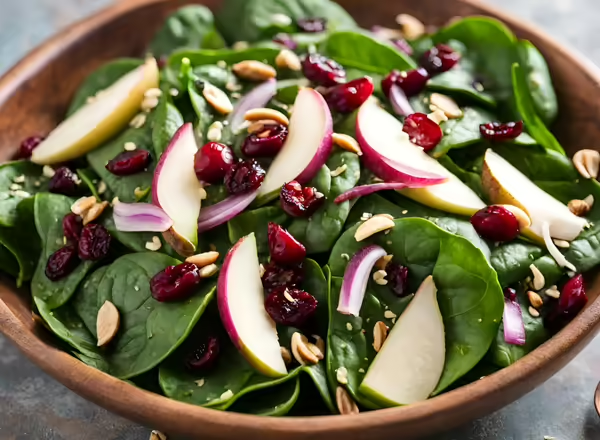
Someone once told me a story of their search to buy lemon zest at the grocery store. Seeing it on the ingredient list of a new recipe, they didn’t quite know what they were looking for but were puzzled when there appeared to be no such thing. To a novice cook, “zest” or “zesting” may be an unfamiliar recipe term, but have no fear, I am here to explain it and help you avoid any future embarrassment at the store.
While the word “zest” has multiple meanings, when used in a recipe it is typically referring to the outer part of the peel of a citrus fruit, such as lemon, lime or orange. It’s used to impart citrus flavor and/or decoration to food or drink. Unless the recipe specifies using dried or dehydrated peel, which might be available in the spice section of stores, it is referring to using the fresh peel of the fruit. Once you have the fruit in hand, wash it under cold water and pat it dry with a paper towel. You’ll then need the correct tool for the job. A zester or grater will produce the small shavings most recipes need. A knife will yield long whisps of peel, which may be used for decorating beverages or making candied peels. When zesting, be sure to only remove the very outer peel and not the white pith underneath, which may be bitter. Use zest in pasta dishes, homemade salad dressings, dips, and marinades. It may also give a burst of flavor to your yogurt, oatmeal, and baked goods. You can now zest confidently!
About the Author
Jenna Smith is a Nutrition and Wellness Educator with University of Illinois Extension, serving Livingston, McLean, and Woodford Counties. Smith uses her experience as a registered dietitian nutritionist to deliver impactful information and cutting-edge programs to Livingston, McLean, and Woodford Counties and beyond.
